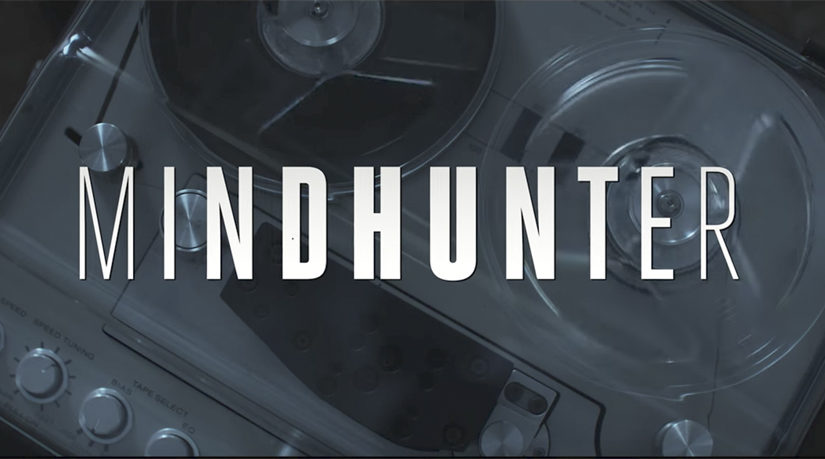https://www.youtube.com/watch?v=7gZCfRD_zWE
America’s fascination with the worst of the worst has permeated popular culture in film (“Silence of the Lambs” (1991)), television (CBS’s “Criminal Minds”) and literature (“In Cold Blood” by Truman Capote) since the term “serial killer” was coined in the late 1970s.
Netflix’s latest original drama, “Mindhunter,” tells the story of how the U.S. began its search for meaning behind violent, serial crime.
Set in 1977, FBI Special Agent Holden Ford (Jonathan Groff) becomes curious and starts to ask questions about the criminals he apprehends: What makes them kill? What pushes them to commit the apprehensible crimes they do?
Ford partners with another special agent, Bill Tench (Holt McCallany), to go on the road and teach local law enforcement the FBI’s practices.
When Ford and Tench visit California, Ford decides to visit, and interview, notorious killer Ed Kemper (also known as the Co-Ed Killer).
As Ford continues to talk with Kemper, he learns about the prevalence of those who commit patterned violent crimes.

Netflix’s ‘Mindhunter’ is based on the real-life occurrences of FBI agents and the beginnings of the Behavioral Science Unit in 1977.
Ford comes up with a revolutionary idea: interview serial criminals, study their psychology and apply what he learns to present, and future, crimes.
Ford and Tench’s idea attracts and disgusts in equal measure. On the one hand, academics like Dr. Wendy Carr (Anna Torv) view their research as an important and valuable learning tool. On the other, their methods and comfort with the crime are scrutinized.
As Ford becomes more entrenched in the study, his job, relationships and even his psyche begin to deteriorate, and, as he is folded deeper and deeper into the criminal psychology of those he studies, he begins to normalize the thought patterns he once deplored.
“Mindhunter” is based on the real-life events (and 1995 book) around the formation of the FBI’s Behavioral Science Unit by agents John Douglas and Mark Olshaker.
Douglas and Olshaker (although their names have been changed in the series) interviewed big names like Ted Bundy, Charles Manson, Ed Gein, Ed Kemper (the Co-Ed Killer), Richard Speck and Jerry Brudos, the last three being featured in the series.
This is part of what makes “Mindhunter” so revoltingly interesting, and well-written. Each killer portrayed in the series is given meticulous attention and detail. And not just their physical makeup, but also their personality. The physicality of the actors, how they interact with their environment and with Agent Ford and Tench, takes their characters to the forefront of the series.
Not only does Agent Ford get wrapped up in the crimes, but so, too, does the audience.
This expands outside the jail cells where Ford and Tench interview the killers. As they travel throughout the country, they are also drawn into the drama and grotesque crimes committed in small towns along the way.
This detour from the main plot of the story gives depth to what Ford and Tench are studying from the beginning and to the end of the first season. The audience is able to see the character growth from how sophisticated the agents are during individual criminal investigations.
For those squeamish with gore, Netflix’s series has more than a viewer will get from cable television, but not so much that all 10 episodes will be covered in red. However, some might be uncomfortable with how much description, or even language, Netflix affords to the series.
Fans of any of Netflix’s previous original dramas, including “Ozark” or even their other retro hit, “Stranger Things,” should surely enjoy this dark dig into the most notorious criminals in history.
